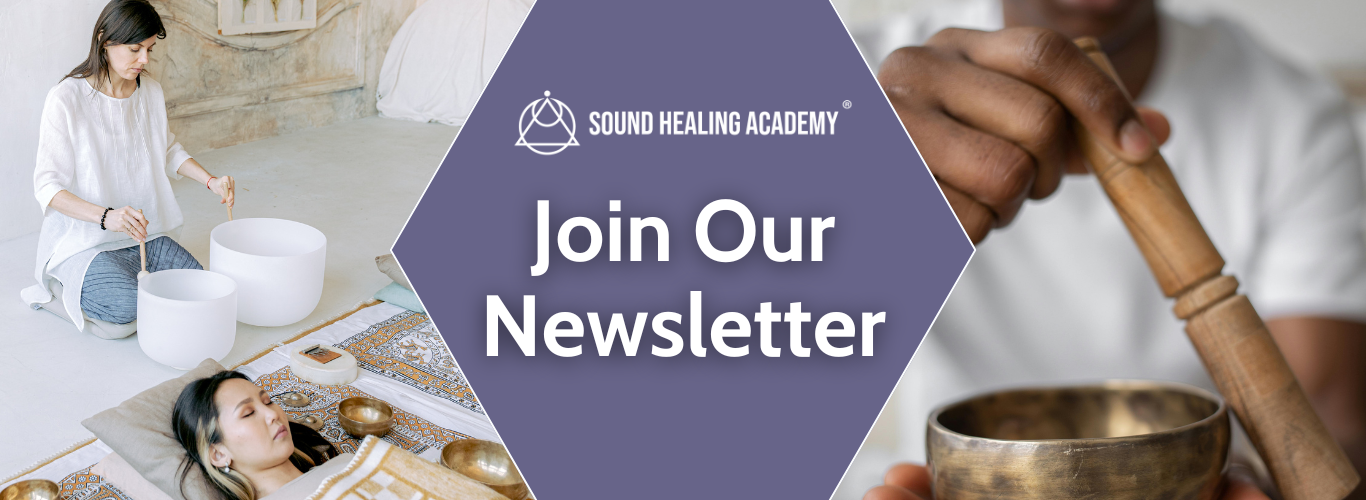7 Tibetan Singing Bowl Tips To Reduce Anxiety, Depression & Pain
Sep 24, 2019
In this video, Tony explains how you can work with Tibetan singing bowls in small sound baths to make them more effective.
He outlines the 7 key points from a groundbreaking study, published in a peer-reviewed paper which shows that the vibrations and sound frequencies of the Tibetan singing bowls interact with the body to promote healing and relaxation.
The study found evidence that Tibetan singing bowls can be highly effective at triggering the relaxation response required to reduce the following key indices of mental and physical well-being:
- Tension
- Anxiety
- Depressed mood
- Physical pain
Tony also offers a short, helpful demonstration of the techniques employed by the researchers in the second part of the video.
Watch the video below to discover how you can improve your sound baths using these 7 evidence-based Tibetan singing bowl tips!
1) Layout / Position – place the bowls in the center of the room; layout the mats in a circle or semicircle around the bowls, and ensure that there are at least 2 bowls close to the heads of participants.
2) Mixture of bowls – use at least 25 bowls, including large 12-inch bowls to create deeper tones, but also smaller bowls with higher tones to create a rich mixture of sounds.
3) How to play the bowls – use a tapping technique to get an effective range of sounds.
4) Mallets to tap the bowls – use a mixture of heavier mallets with felt heads or woven yarn which all have the ability to create great resonant sound. Make sure to avoid smaller mallets that are typically used with Tibetan singing bowls.
5) Additional instruments – use other instruments, as well as the Tibetan bowls to create a variety of sounds, including tingshas (small cymbals), bells, crystal singing bowls and gongs.
6) Sequence of treatment – start by introducing the session with a calm voice to get people to settle down and relax. Then you can begin to play the sounds beginning with the tingshas, going onto play the Tibetan bowls. After that, you can bring in the bells, then the crystal bowls and finally the gongs before going back to the Tibetan bowls. You then keep repeating this cycle for the duration of the session.
7) Duration of session – this should be around 60 minutes long, including all aspects of the session: talking, playing the instruments, allowing time for silence and bringing people back into the room at the end of the meditation.
In short, these 7 techniques made the sound healing session much more effective and enabled people to de-stress and achieve positive outcomes of well-being.
You can also download the full paper from PubMed free of charge here - Effects of Singing Bowl Sound Meditation on Mood, Tension, and Well-being: An Observational Study.
More blogs on Tibetan singing bowls to read next:
- Deep Dive With Sound Healing Intervals And Triads
- How To Connect With Your Tibetan Singing Bowl
- Tibetan Singing Bowl Basics - Hand Hammered and Machine Made
- Toning The Vagus Nerves With Singing Bowls
Would you like to find out more?
Join one of our Online Tibetan Singing Bowls Courses!
Are you looking to purchase high-quality Tibetan singing bowls or mallets?
Check out our Sound Therapy Shop for our Tibetan Singing Bowls and Mallets Collections.
Join Our Sound Healing Newsletter
Be the first to hear about upcoming events, workshops, and exclusive offers on instruments and training.
Unlock a world of free resources, inspiring sound healing courses, and more!
SPAM is a NO-NO! We will never sell your information, for any reason.







